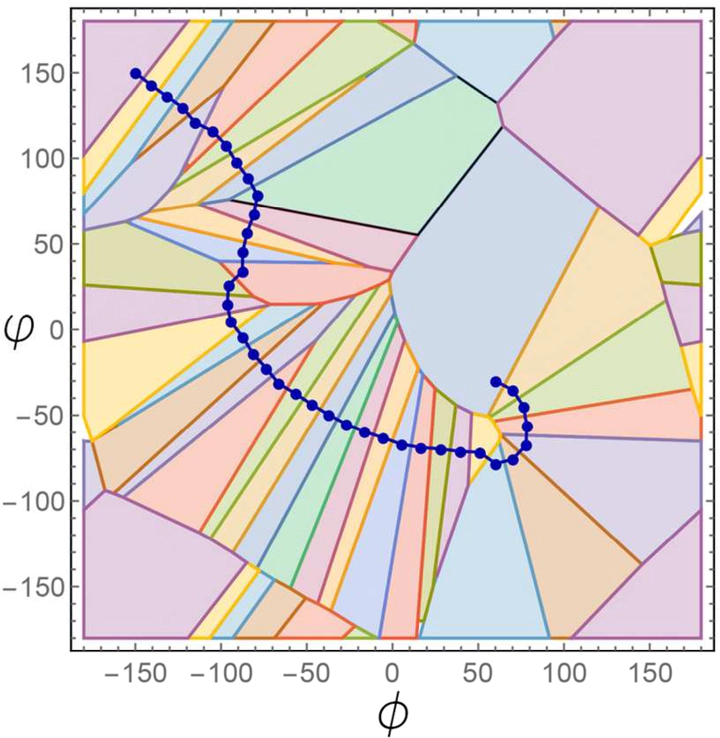 Alvin Yu
Alvin Yu
Abstract
Ionotropic glutamate receptors (iGluRs) are ligand-gated ion channels that are responsible for the majority of excitatory transmission at the synaptic cleft. Mechanically speaking, agonist binding to the ligand binding domain (LBD) activates the receptor by triggering a conformational change that is transmitted to the transmembrane region, opening the ion channel pore. We use fully atomistic molecular dynamics simulations to investigate the binding process in the α-amino-3-hydroxy-5-methyl-4-isoxazolepropionic acid (AMPA) receptor, an iGluR subtype. The string method with swarms of trajectories was applied to calculate the possible pathways glutamate traverses during ligand binding. Residues peripheral to the binding cleft are found to metastably bind the ligand prior to ligand entry into the binding pocket. Umbrella sampling simulations were performed to compute the free energy barriers along the binding pathways. The calculated free energy profiles demonstrate that metastable interactions contribute substantially to the energetics of ligand binding and form local minima in the overall free energy landscape. Protein–ligand interactions at sites outside of the orthosteric agonist-binding site may serve to lower the transition barriers of the binding process.